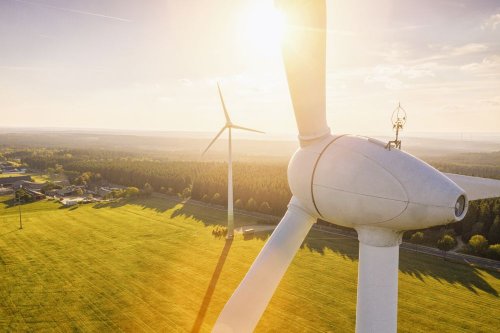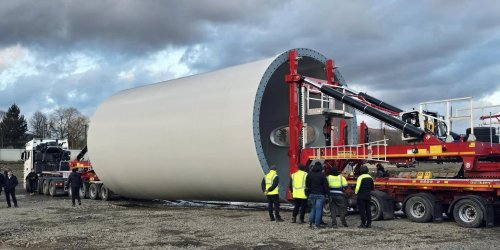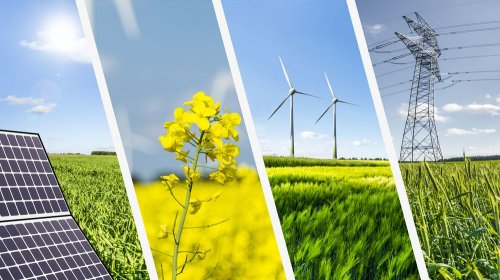A large-scale military invasion of russia on the territory of Ukraine, according to the forecasts of the World Bank, will lead to a reduction of the country's economy by approximately 45%. More than 9 million Ukrainians have left the country since the beginning of the war, hundreds of enterprises have been destroyed or damaged. A lot of reconstruction work awaits the state after the victory.
This was announced in the Swiss city of Lugano on July 4-5 during the presentation of the Recovery Plan of Ukraine, according to the press release of the "Energy Transition" coalition.
One of the important strategic sectors of reconstruction is the energy sector. Destruction of critical infrastructure, occupation, and energy terrorism brought significant negative changes to the country's energy sector, including the renewable energy sector, which before the war was slower than the country needed, but developed.
The total installed capacity of renewable energy sources in Ukraine increased more than four times from 2018 to 2021 — from 2.3 GW to 9.6 GW. In 2021, the share of electricity reached 8.1% or 12.8 TWh. Of the total volume, 60% was provided by solar energy, 30% by wind, almost 8% by biomass and biogas, and 2% by small hydropower plants.
From 2020 to today, the industry receives almost imperceptible support from the state. This was repeatedly stated by both business representatives and public organizations. So, for example, in September, a number of public organizations, business representatives and municipalities, which support the idea of the development of renewable energy, turned to to the Government with the requirement to introduce a provision on the development of distributed generation of renewable energy sources (RES) to the goals of the Recovery Plan project in accordance with the principles of the 4th Energy Package "Clean Energy for All Europeans". Here we were talking about stations with a capacity of up to 1 MW — small distributed generation that provides the greatest benefits for communities and the country as a whole. Currently, according to representatives of the public sector, the measures for the development of the energy sector in the Recovery Plan "do not reflect a comprehensive solution to stimulate the development of small-scale generation of renewable energy sources", but only solve the issue point by point.
Restrictions on the production of green electricity
Since the beginning of the war, the energy system of Ukraine needed to respond to the situation as quickly as possible. Due to the reduction in consumption, we had a surplus of electricity (about 35%).
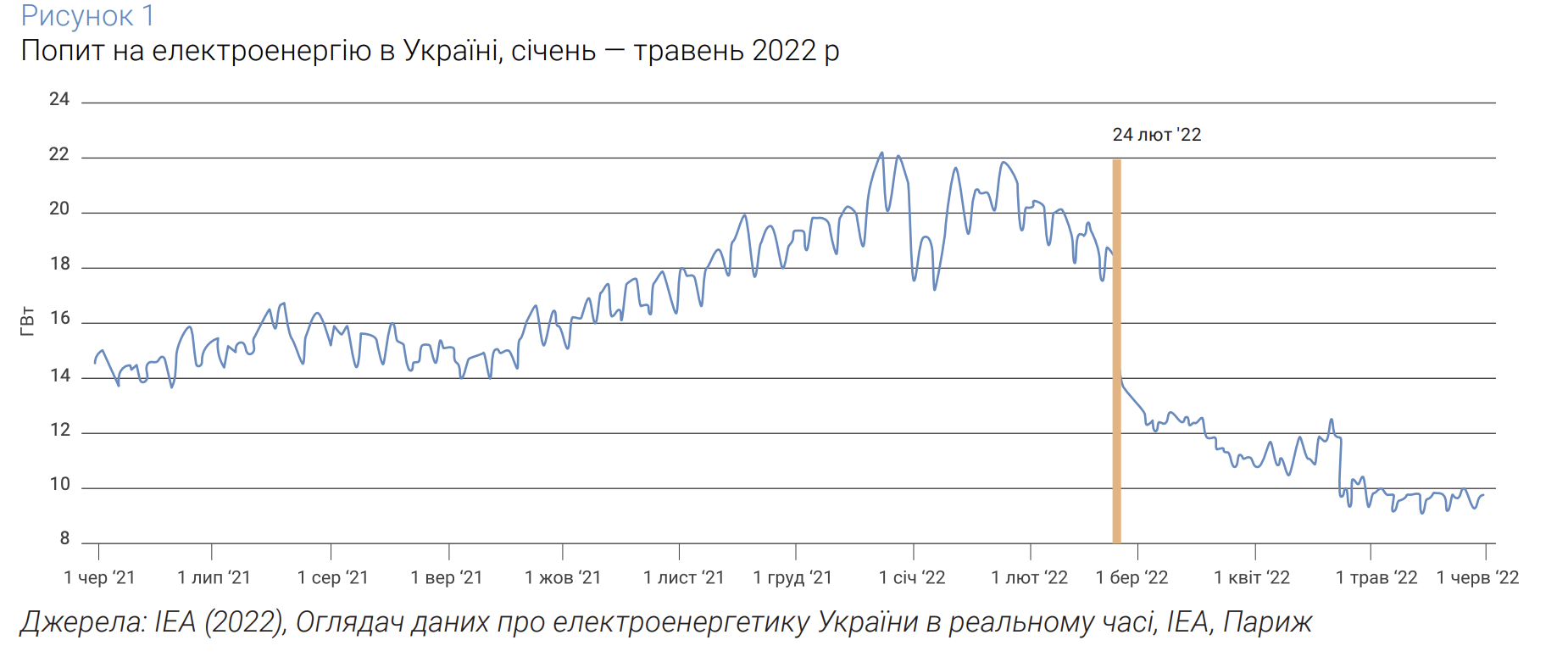
Considering the surplus of electricity, 2 tasks arose: to reduce its production (for the balance of the network), the second — to find new sales markets. The state used both options. On June 30, Ukraine started selling electricity to the EU. If the first measure was accepted by the energy community with cheers, the second, reducing the amount of generation, was not in favor of the producers of green energy. It is about the instructions of state dispatchers to stop the operation of stations producing electricity from RES at the peak of their work to balance the electricity in the system.
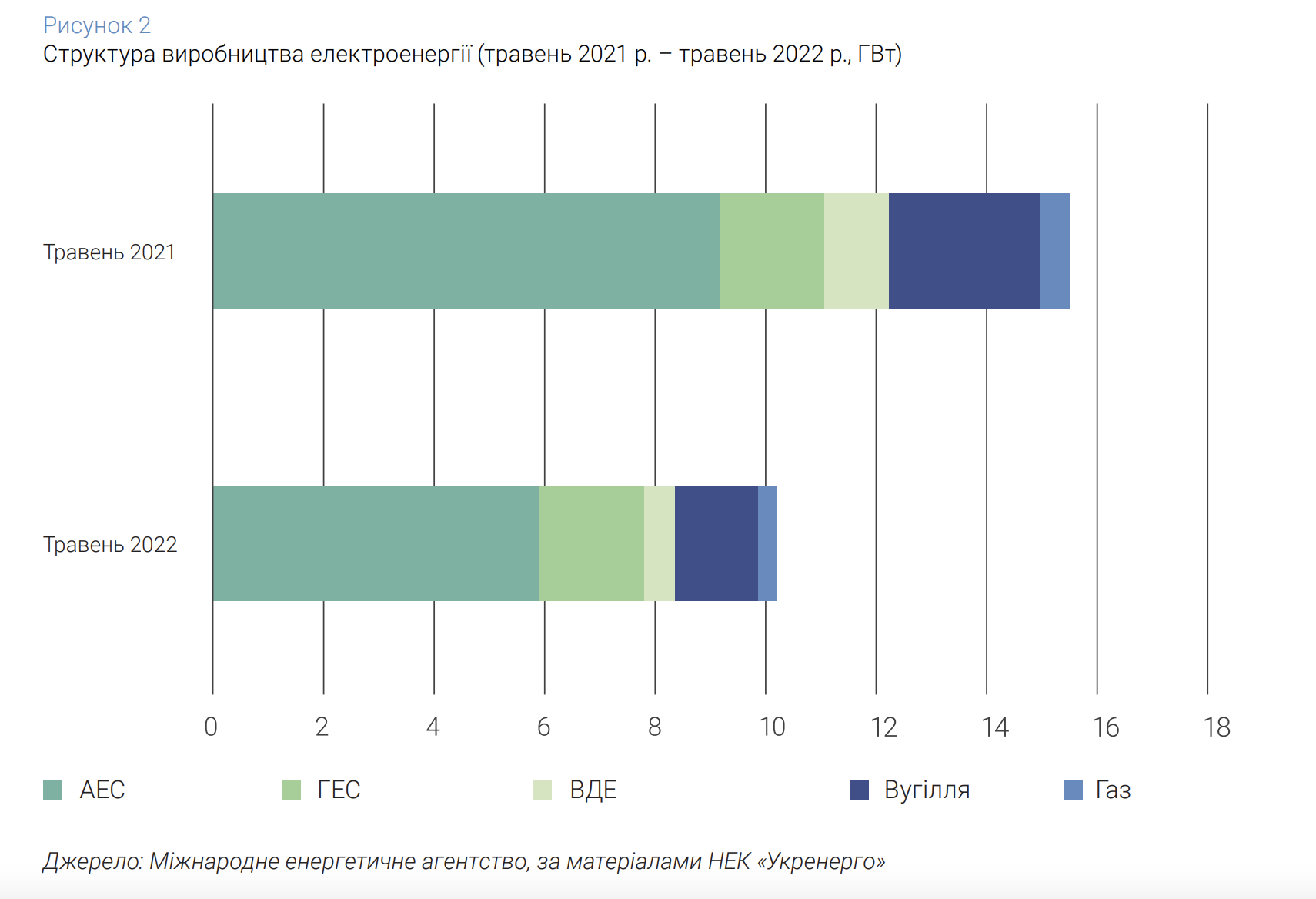
Due to frequent interventions in the operation of RES stations, the sector began to lose millions. About it on they announced at a joint press conference representatives of station owners, specialized associations and parliamentarians.
"According to the calculations, the volume of SES system limitations was 573 GW/h, or approximately 30% of the potential generation. In financial terms, this is 80 million euros, or 2.5 billion hryvnias. Accordingly, instead of restrictions and underproduction, green energy can be exported to EU countries in the future, reducing the financial burden and payments of the green tariff for system restrictions. Ukraine has significant export opportunities," the chairman of the board of the Public Union "Association of Solar Energy of Ukraine" said at the same press conference. Vladyslav Sokolovskyi.
Partially or completely destroyed RES stations: at whose expense are they being restored?
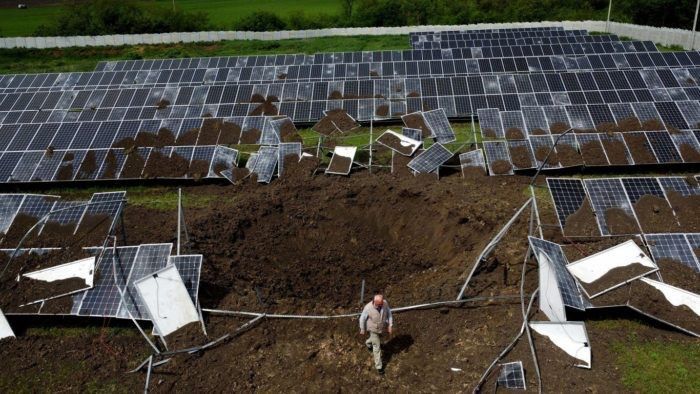
FES "Merefa" (Kharkiv region, Merefyan OTG). Photo by Stanislav Ignatiev
In the photo, the solar power plant of the Solar Generation company in the Kharkiv region — the "Merefa" FES in the Merefyansk Territorial Community — was hit by rocket fire. The SES of this company in the Mykolaiv region was also affected.

FES "Soling 1" (Mykolaiv region, Zaychevske village). Photo by Stanislav Ignatiev
According to the head of the enterprise, Stanislav Ignatiev, there is not a single operating solar power plant left in the Kharkiv region. Only 1 station of the "Solar Generation" company is subject to restoration. In the Mykolaiv region, the situation is somewhat better. The bombed-out "Solar Generation" station was partially restored, but only thanks to cooperation with the local regional energy company and a lucky find - a large enterprise to which the company now supplies electricity.
The entrepreneur confirms: in addition to the shelling of the station "Solar Generation" also suffered from dispatch instructions. He also notes that curbing the generation of renewable energy should be the last thing to do.
"According to the current legislation, this is an abuse on the part of the central dispatching service, because according to the Law "On Electric Power", enterprises producing green electricity receive a command (it is called a "power unloading command") last. That is, large thermal power plants should be limited first, hydropower in part, then nuclear power, and last but not least, when there is no technical possibility, instructions are given to green energy companies," Ignatiev declares.
The state, according to the Transmission System Code, undertakes to return funds for the relevant restrictions. However, this debt is not paid in full and with a significant delay. For example, the "Solar Generation" has received approximately 40% compensation since the beginning of the war.
Consequently, the decrease in generation leads to a reduction in the income of station owners, and constant shelling by the occupiers destroys the infrastructure, which must be restored at the expense of the owners. Stanislav Ignatiev confirms that the company repaired the station in the Mykolaiv region with its own funds.
The very process of restoration of any RES plant legally means its modernization and the loss of the green tariff. Entrepreneur Ignatiev emphasizes that the owners of the stations are not to blame for being shelled and do not want the state to deprive them of these benefits.
"Normally, this restoration is considered as modernization of the station. Equipment is replaced. For example, there are currently no photo modules with a capacity of 250-340 kW, and they will be other photo modules of a different production capacity. You can find inverters that have been used in construction before. On the other hand, there is a problem in that when a license is obtained both for the generation of electric energy and for obtaining a green tariff, the owner of the solar power plant submits a complete list with numbers of registration documents from the customs that this equipment was imported to the territory of Ukraine. And accordingly, if there is other equipment, then this company may lose the green tariff at the moment", explains the owner of RES generation Ignatiev.
He also adds that he and his colleagues are currently trying to achieve in the Government the creation of a separate algorithm for the restoration of industrial facilities for stations affected by hostilities, in order to prevent them from losing the green tariff after repair and restoration.
It is important to add that Ukraine created the Energy Support Fund, which is under the supervision of the Energy Community (the Energy Community acts as a fiduciary of the Fund). International financial institutions such as the European Bank for Reconstruction and Development (EBRD) have also pledged additional funding and are already providing emergency liquidity support. However, according to Ignatiev, renewable energy producers do not yet have access to these funds.
Head of the All-Ukrainian Agency for Investments and Sustainable Development (SDIA) Yulia Usenko says that if a number of important steps are not taken, the RES industry will go bankrupt.
"The government should urgently develop and publish an action plan for the stabilization of the RES industry and determine the sources of debt repayment to the active producers of green generation. The entire industry is waiting for specific decisions," the expert says.
How to save the sector?
The "Energy Transition" coalition believes that the Government needs to take more decisive steps. Ukraine's energy independence will be facilitated by several measures that can be implemented as early as next year:
- Introduction of the mechanism for issuing guarantees of the origin of electricity. The guarantee of origin is an electronic document that confirms that the electrical energy is partially or completely produced from RES. Not only producers of electricity from renewable sources are interested in this, but also the state, because the mechanism will stimulate the process of decarbonization and green transformation of the economy of Ukraine.
- Bringing the national legislation of Ukraine and the regulatory framework in the energy sector to the principles of the 4th EU Energy Package.
- Creation and introduction of mechanisms contributing to energy decentralization. This will ensure the ability of individual households, organizations and communities to produce energy and manage it in their economy, to have relations with other citizens and organizations in the process of production, distribution, storage of energy, as well as its trade.
As EcoPolitic reported earlier, Prime Minister of Ukraine Denys Shmyhal at the annual meeting of the Yalta European Strategy stated, named green energy as one of the priority industries to restore the economy of Ukraine.



